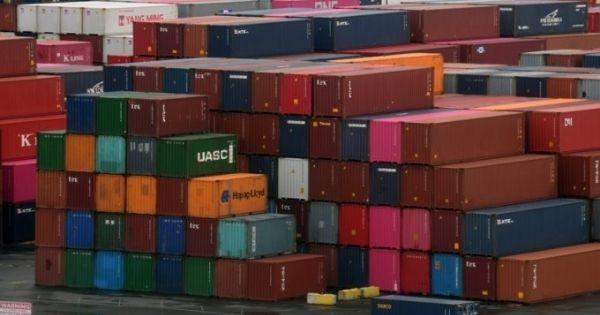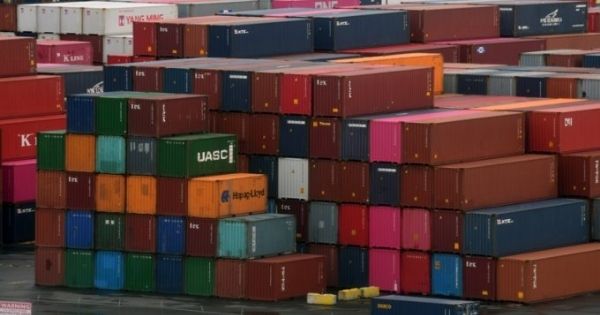The wave of imports flooded the Los Angeles and Long Beach ports has spread to other ports, causing delays and higher costs for importers.

The Port of Oakland reported a 10.4% increase in imports in October from the same period last year, the port authorities attributed to continued strong consumer demand and retailers’ efforts to stockpile inventories.
In addition, the Northwest Seaports Alliance of Seattle and Tacoma ports saw a 4.7% recovery in container imports compared to November 2019.
“Shipper demand during peak season remained very strong and is forecast to remain so at least through the end of the year”, the alliance commented.
The increase in import volume also limits the capacity of the railway to transport goods out of the cluster, leading to higher prices. At the end of October, Union Pacific raised the surcharge on small shippers in excess of their contracted volume moving out of Seattle by USD 1,000.
And on the East Coast, railway equipment is also in short supply. At Port Elizabeth, the New Jersey port operator APM informed customers in late October that they were working with CSX to increase rail capacity, adding that the railroad company was “stretched”.
Imports at the New York / New Jersey port complex in October were up double digits from a year ago and were up nearly 10% from September.
Ports on the East and Gulf coasts of the United States saw a double-digit increase in imports from Asia from September to October, according to a report in the Journal of Commerce, while the momentum was up at Long Beach and Los Angeles slowed down to a single digit.
There have been suggestions that the nation’s largest port complex may be running out of steam, with volumes falling to 2019 levels. However, Los Angeles operated record container throughput in October, with imports increased 29% over the same period last year.
The port authority remains optimistic in the coming months. CEO Gene Seroka said early signs suggest that Los Angeles could hit 900,000 TEUs this month, up 23% from November last year.
“And our early estimate for December is approximately 835,000 TEU, which would be about a 12% spike from December of ’19”, he said.
Importers, transporters and railway operators are hardly pleased by this prospect, as it adds to congestion and delays. According to Seroka, the storage times of containers at the Los Angeles ports have doubled during this increase in imports to five days.
A measure of growing frustration is the fact that an alliance with stakeholders, led by the Maritime Transport Association, has urged the Federal Maritime Commission to consider the immediate suspension of detention and demurrage fees in Los Angeles and Long Beach, after port operators and shipping lines rejected their call for a waiver. The coalition has indicated that it may call for an update of shipping legislation next year.
Meanwhile, Los Angeles is trying to minimize the effects of the congestion. On Thursday, Mr Seroka announced a platform for truckers to see where and when they can return empty containers, which should help them align returns with the pick-up of loaded import containers better. Lack of opportunities for dual transactions has been one of the bugbears of the trucking community in recent months.
The platform follows the launch of The Signal in early September, a port service that aims to give users an overall view of the number of shipments that will arrive in the next three weeks. This includes analysis by container type and whether the shipment will be transported by rail or truck.
Seroka said the port is also looking to move the trailer from the docks to a neutral site, which could open 50-80 acres on the banks of the Los Angeles waterfront.
Some parties, such as the National Retail Federation, predict the import increase is coming to an end, but others suggest it could last until the Chinese New Year holiday in February. With the volume of intermodal transport surging and both the rail and the trucking suppliers strained, importers will be grateful for any bailout they can find.

 Tiếng Việt
Tiếng Việt
